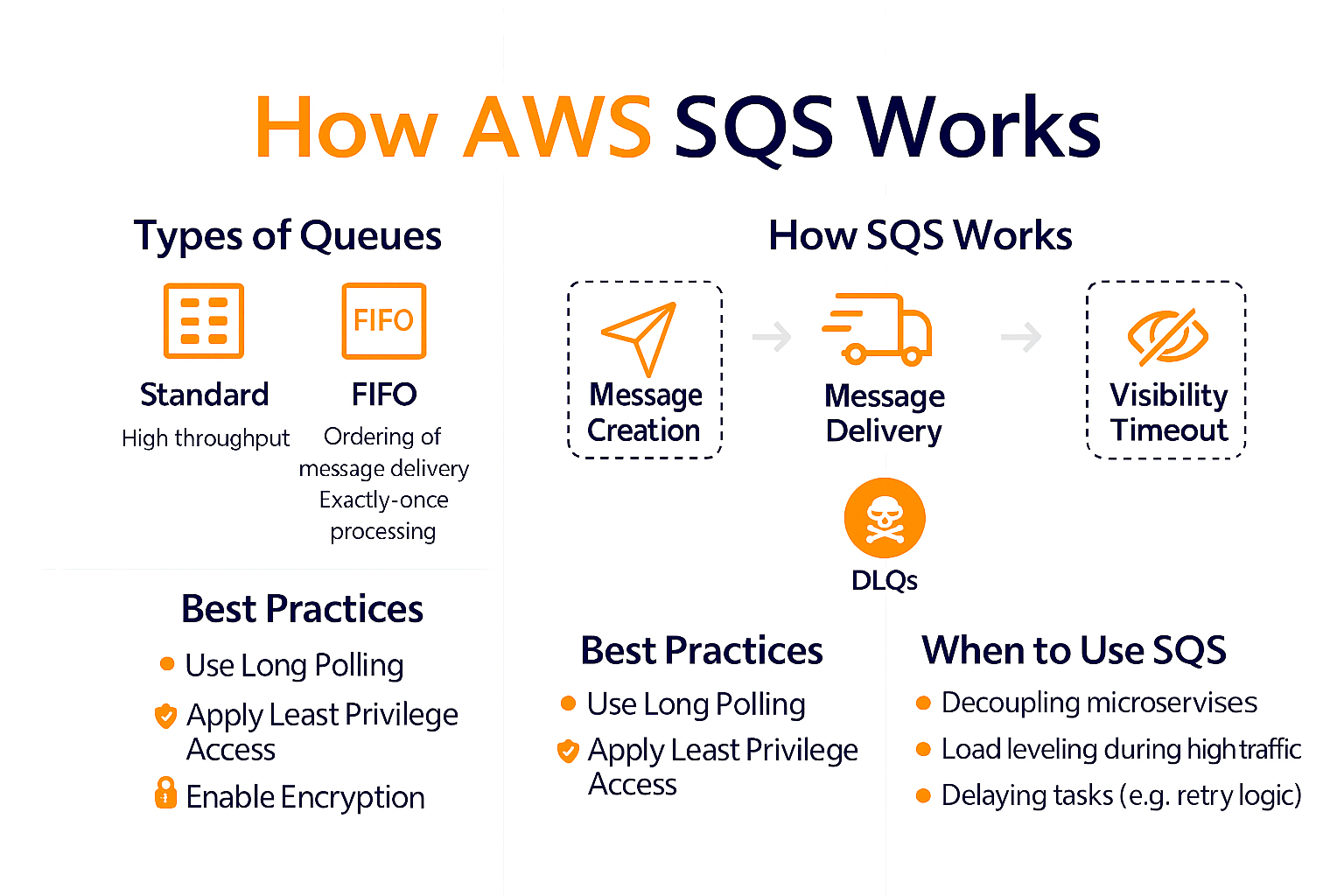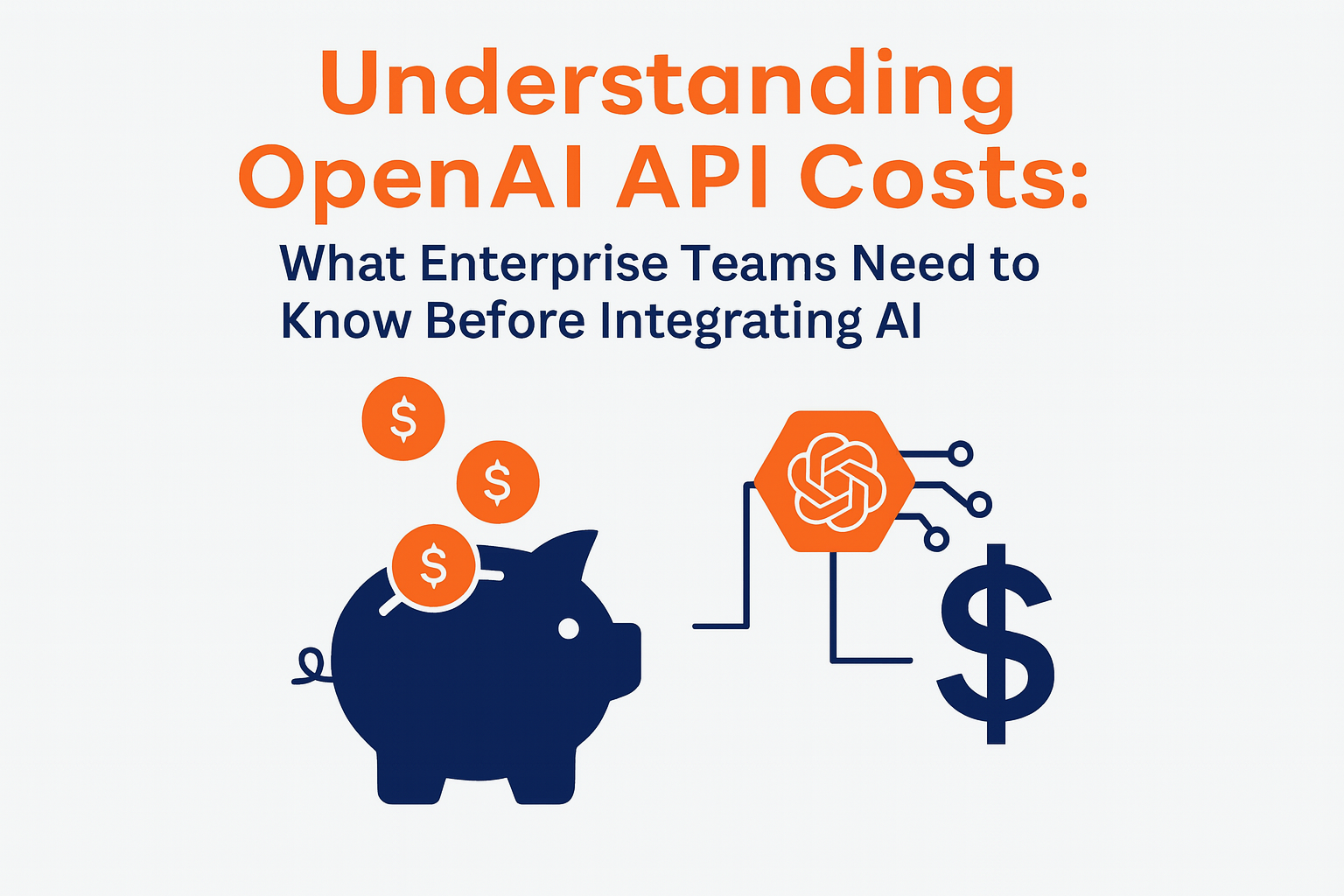October 9, 2022
WS SQS (Simple Queue Service): How It Works

Amazon Simple Queue Service (SQS) is a fully managed message queuing service that enables decoupling and scaling of microservices, distributed systems, and serverless applications. It helps ensure reliable and secure communication between different parts of your application without requiring them to run at the same time.

Types of Queues
- Standard Queues
Standard queues offer high throughput and at-least-once delivery. They support a nearly unlimited number of transactions per second but do not guarantee message order. - FIFO Queues
FIFO (First-In, First-Out) queues ensure that messages are processed exactly once and in the exact order they are sent. These are ideal for use cases where the order of events is critical.
How SQS Works
- Message Creation
A producer sends a message to an SQS queue. The message is stored redundantly across multiple Availability Zones for durability. - Message Delivery
A consumer polls the queue to retrieve messages. Messages remain in the queue until they are processed and deleted. - Visibility Timeout
Once a message is retrieved, it becomes invisible to other consumers for a set period. If the consumer fails to process it within that time, the message becomes visible again. - Message Deletion
After successful processing, the consumer explicitly deletes the message from the queue. - Dead-Letter Queues (DLQs)
DLQs are used to capture messages that could not be processed successfully after a configured number of attempts. This allows for separate debugging and failure handling without affecting the main queue.
Best Practices
- Use Long Polling
Enable long polling to reduce the number of empty responses and lower the cost of message retrieval. It allows consumers to wait for messages to arrive instead of continuously polling. - Apply Least Privilege Access
Use IAM policies to restrict who can send, receive, or delete messages. Only grant permissions necessary for the task at hand. - Enable Encryption
Encrypt messages both in transit and at rest. Use AWS KMS with customer-managed keys for more control over encryption policies. - Monitor with CloudWatch
Track metrics like number of messages sent, received, deleted, or visible. Set alarms to alert you to processing failures or queue backups. - Tune Visibility Timeout
Adjust the visibility timeout based on the time it typically takes to process a message. Avoid message duplication by giving consumers enough time to complete their work.
When to Use SQS
- Decoupling microservices
- Load leveling during high traffic
- Delaying tasks (e.g. retry logic)
- Buffering workloads for asynchronous processing
Amazon SQS is a foundational service for building loosely coupled and resilient systems. When used with best practices, it improves system flexibility, fault tolerance, and overall performance.

More News







